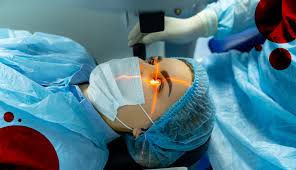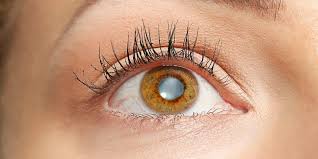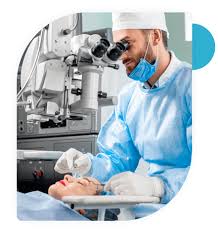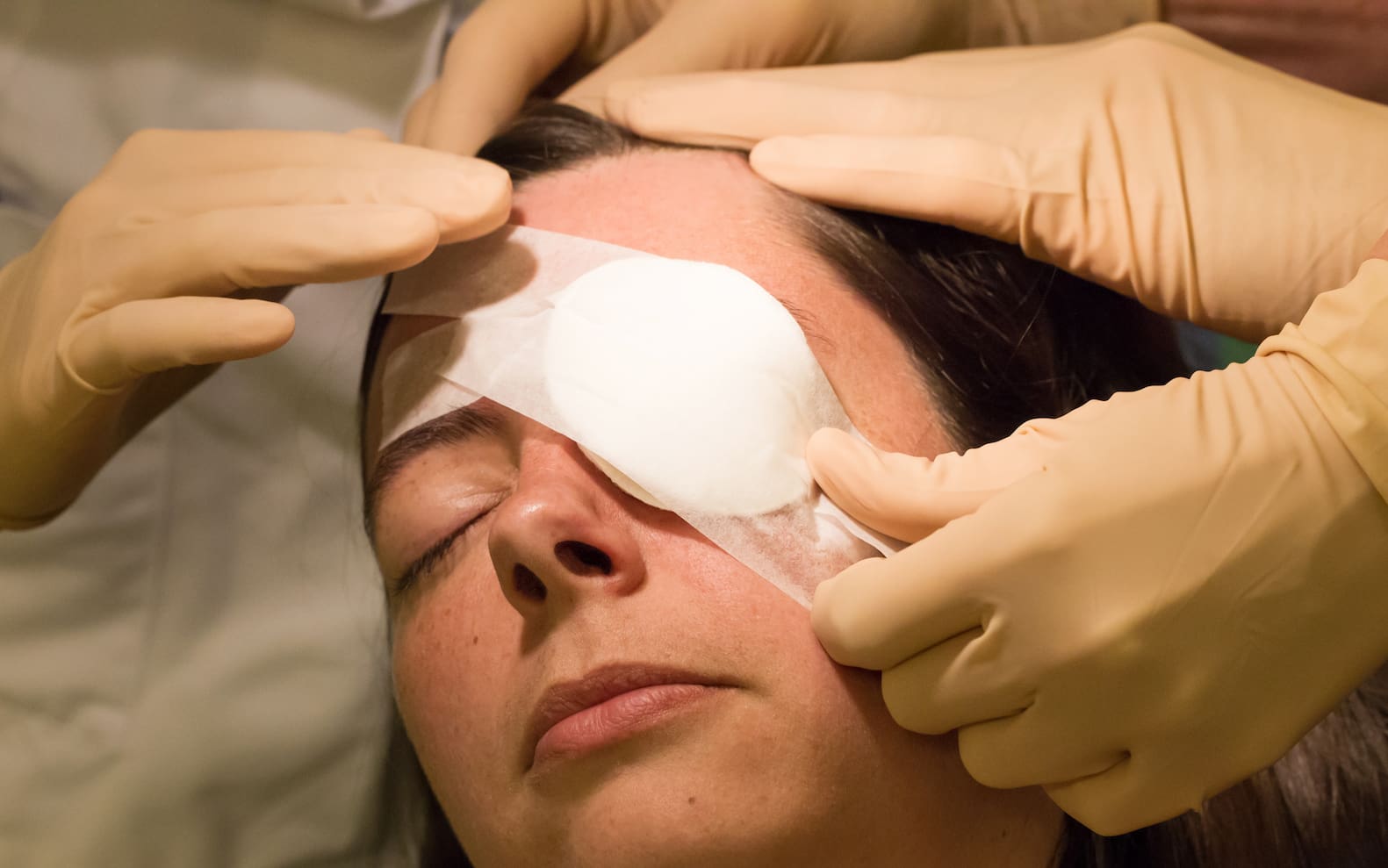
What to Expect After Strabismus (Eye Muscle) Surgery
Strabismus, also known as crossed eyes, is a condition where the eyes are not properly aligned, causing one or both eyes to turn inward, outward, upward, or downward. Eye muscle surgery is a common treatment for strabismus, which involves repositioning or adjusting the muscles that control eye movement. If you or someone you know is planning to have strabismus surgery, it is important to know what to expect during the recovery process.
Eye Muscle Surgery Recovery Process
The recovery process after eye muscle surgery involves several stages. Immediately after surgery, patients may experience discomfort and pain, which can be managed with pain medication. The eyes may be covered with a patch or a shield to protect them from injury and to help reduce swelling. During the first few days after surgery, patients may experience redness, swelling, and double vision or blurred vision, but these symptoms should gradually improve over time.
It is important to follow postoperative instructions provided by the doctor, including keeping the eyes clean and dry, avoiding rubbing the eyes and avoiding strenuous activities for at least two weeks. Follow-up visits with the doctor will be scheduled to monitor progress and make any necessary adjustments to the treatment plan. With proper care and follow-up, patients can expect a successful recovery and long-term improvement in their eye alignment and visual function.
Immediately After Surgery
After strabismus surgery, you will be taken to a recovery room where you will be closely monitored for a short time. You may experience some discomfort and pain, which can be managed with pain medication. Your eyes may also be covered with a patch or a shield to protect them from injury and to help reduce swelling.
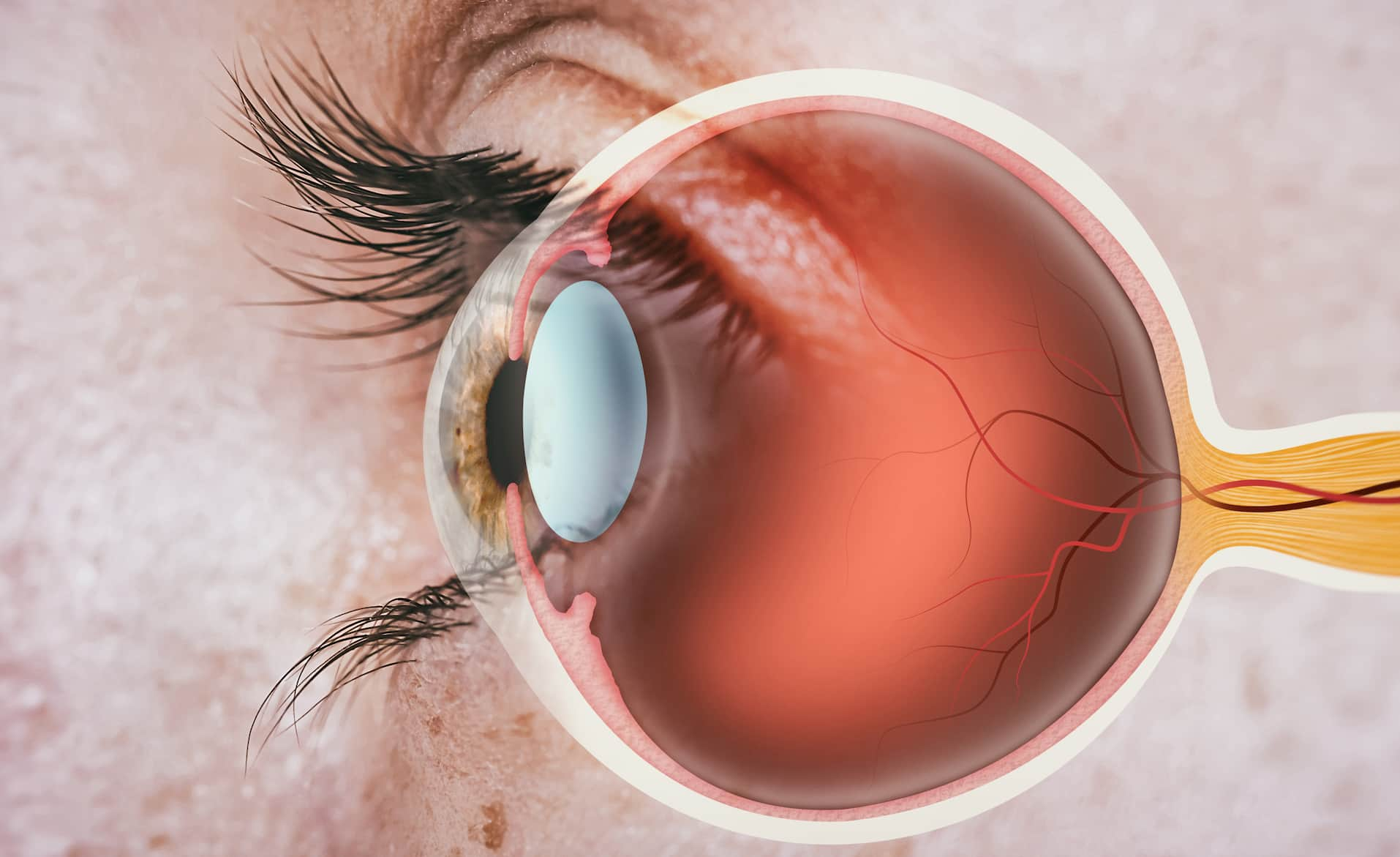
In the Hospital
In most cases, strabismus surgery is an outpatient procedure, which means you can go home on the same day as your surgery. However, some patients may need to stay in the hospital for observation if there are any complications or if they have underlying medical conditions that require additional monitoring.
At Home
Once you are discharged from the hospital, it is important to follow the postoperative instructions provided by your doctor. You will need to keep your eyes clean and dry and avoid rubbing them. You may also need to wear an eye patch or special glasses to help with your recovery.
During the first few days after eye surgery, it is normal to experience some discomfort, redness, and swelling around your eyes. You may also have double vision or blurred vision, but this should gradually improve over time as your eyes adjust to the new alignment.
You should avoid any strenuous activities, including exercise and heavy lifting, for at least two weeks after surgery. You may also need to take time off from work or school to allow your eyes to fully heal.
Follow-Up Visits
Your doctor will schedule several follow-up visits to monitor your progress and ensure that your eyes are healing properly. During these visits, your doctor will check your vision and eye alignment and make any necessary adjustments to your treatment plan.
It is important to attend all of your follow-up appointments and to notify your doctor if you experience any unusual symptoms, such as persistent pain or worsening vision.
Long-Term Results
Strabismus surgery can provide long-term improvement in eye alignment and visual function. However, some patients may require additional surgeries or other treatments to maintain the alignment of their eyes.
It is also important to note that strabismus surgery does not correct underlying vision problems, such as nearsightedness or farsightedness. These issues may need to be addressed with corrective lenses or other treatments.
Is Eye Muscle Surgery Worth It?
Eye muscle surgery may or may not be worthwhile depending on the specific circumstances of each patient’s case as well as the degree to which the strabismus has progressed. Strabismus can, in certain situations, lead to concerns with a person’s functionality or appearance, both of which can have a substantial influence on the quality of life of the affected individual. Surgical correction of the eye muscles can assist in the correction of these disorders as well as the improvement of eye alignment and visual function.
Any surgical operation, however, comes with the possibility of adverse effects and problems, and there is no guarantee that the outcomes will be ideal or long-lasting. It is essential to give careful consideration to the potential benefits and hazards of eye muscle surgery and to discuss any concerns with a skilled eye doctor before deciding whether or not to proceed with the procedure. In the end, the choice to have surgery on the eye muscles should be taken in consultation with a trained medical practitioner, after taking into account the specific requirements of the patient as well as any relevant circumstances.
The Study of After-Eye Muscle Surgery
A recent study published in the Journal of Ophthalmology investigated the long-term results of eye muscle surgery for strabismus patients. The study followed a large cohort of patients who had undergone the procedure and found that the majority experienced a significant improvement in eye alignment and visual function, contributing to a better quality of life. However, the study also emphasized the importance of realistic expectations, as not all outcomes were perfect or permanent. Some patients required additional surgeries or treatments to maintain eye alignment. This study reinforces the information presented in the article, highlighting the potential benefits of eye muscle surgery for strabismus patients while acknowledging the need for careful consideration and consultation with a qualified eye doctor before making the decision to undergo the procedure.
Healthy Türkiye Notes
In conclusion, eye muscle surgery can be a valuable treatment option for people with strabismus who experience functional or cosmetic issues as a result of misaligned eyes. While there are potential risks and complications associated with any surgical procedure, the benefits of improved eye alignment and visual function may outweigh these risks for some individuals. However, the decision to undergo eye muscle surgery should be made in collaboration with a qualified eye doctor, taking into account individual needs and circumstances. With proper care and follow-up, the recovery process after eye muscle surgery can be successful, leading to long-term improvement in eye alignment and visual function.
It is important for patients to have realistic expectations about the outcome of the surgery and to understand that the results may not be perfect or permanent. Some patients may require additional surgeries or other treatments to maintain the alignment of their eyes. It is also important to note that strabismus surgery does not correct underlying vision problems, such as nearsightedness or farsightedness. These issues may need to be addressed with corrective lenses or other treatments. Overall, while eye muscle surgery may not be the best option for everyone, it can be a valuable treatment for those who experience functional or cosmetic issues due to misaligned eyes. By working with a qualified eye doctor and following postoperative instructions and care, patients can expect a successful recovery and long-term improvement in their visual function.
